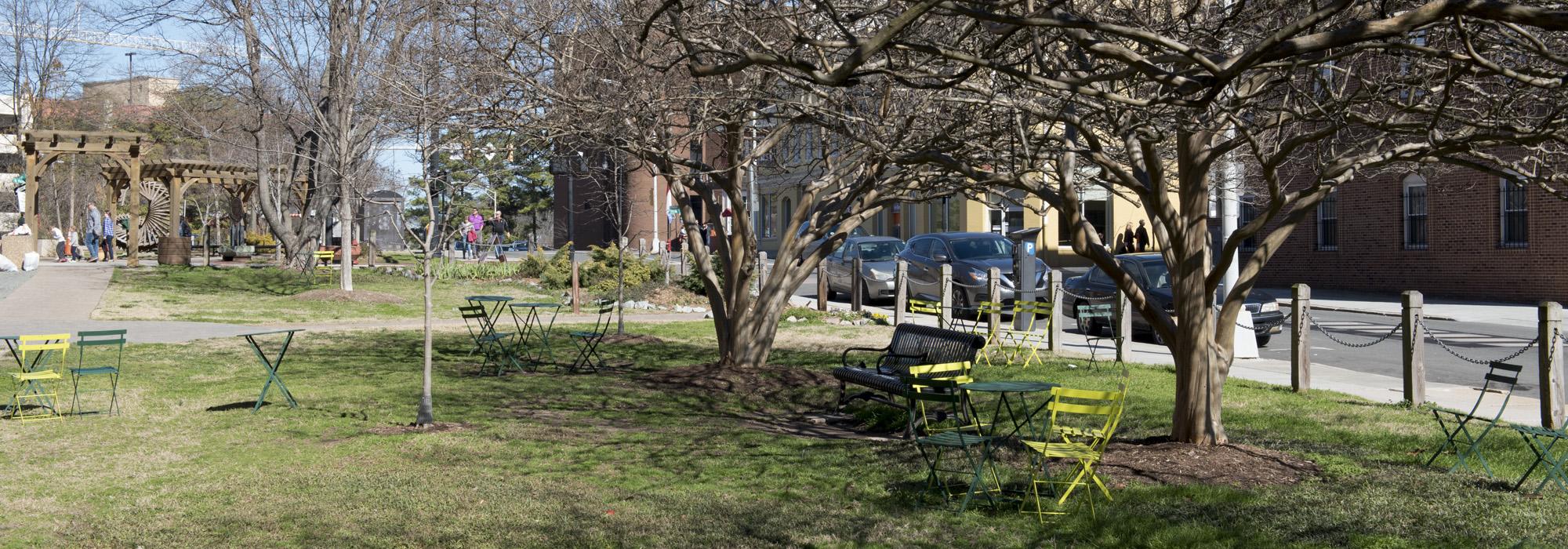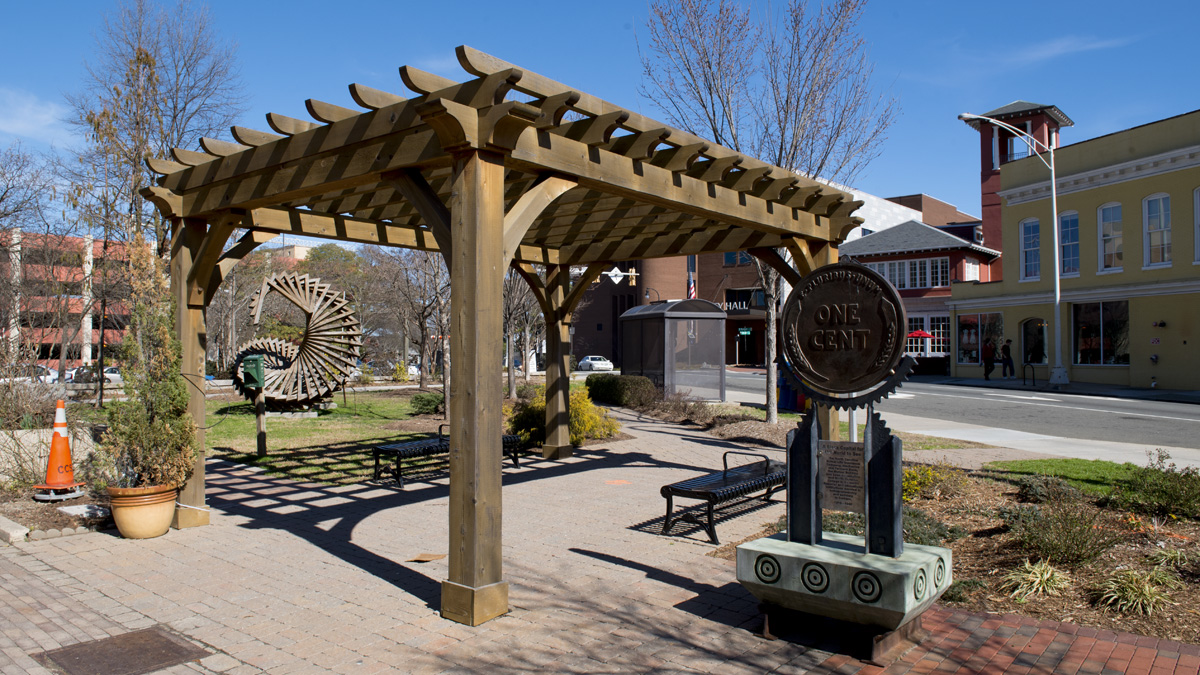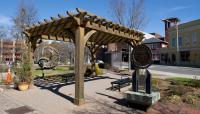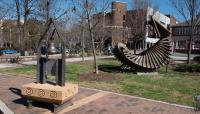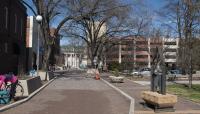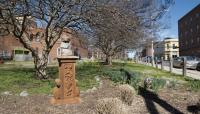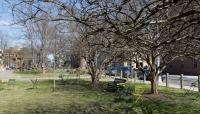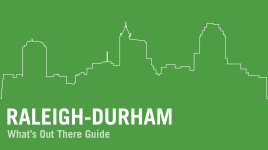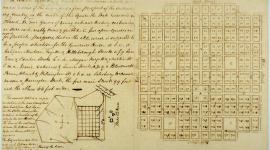Landscape Information
This approximately four-block-long commercial district was developed at the beginning of the twentieth century as a hub for Black-owned businesses within a predominantly white neighborhood. The district was praised early on as a model of economic empowerment for African Americans in the segregated South by such prominent figures as W. E. B. Du Bois and Booker T. Washington. The moniker “Black Wall Street” gained traction in the 1950s, recognizing the many financial enterprises that thrived there, such as the Mechanics and Farmers Bank, the headquarters of which was designated a National Historic Landmark in 1975. Black Wall Street continued to flourish until 1970, when the construction of the Durham Freeway (North Carolina Highway 147) and associated urban renewal projects led to the demolition of much of the area, including the nearby Hayti neighborhood, an historically African American community that was established by freedmen following the Civil War.
Today, Parrish Street and its surroundings are part of the fabric of downtown Durham. A series of six bronze sculptures installed from 2008-2009 lines the street, tracing and interpreting its historic significance via three themes: Tobacco and E.J. Parrish (1865-1890), Visionary Leadership in the New South (1890-1915), and A Black Capital for the World to See (1915-1945). In 2013 the City dedicated Black Wall Street Plaza, a small open lawn with trees and a wooden pergola at the intersection of Orange, Mangum, and Parrish Streets. On the opposite side of Parrish Street, a vacant lot has been repurposed as an ad-hoc public space colloquially known as Chickenbone Park.



